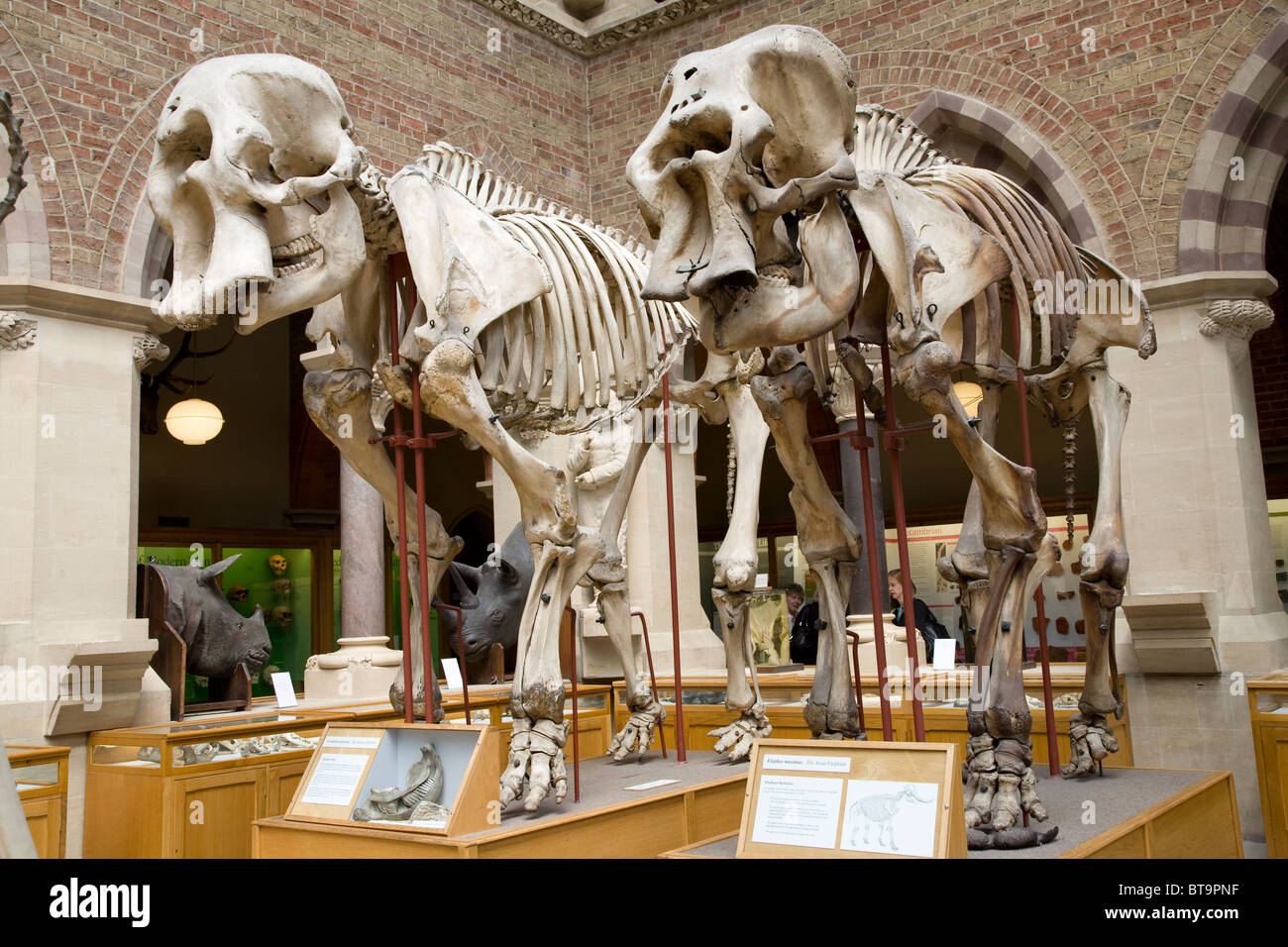What kink? At the shoulders big deal they have mail and if it goes trough it it still hits the shoulder its not gonna kill you. There is no way to kill an armored soldier with an bow and arrow.
You can kill an elephant on the other hand with an bow an arrow. Do you think their skin can block arrows no it will go trough their skin an easy as it goes trough human skin.
There not african badgers now those can take an hit.
I'll allow that you COULD kill an elephant with bows and arrows, but I would also note that it's likely to be incredibly difficult to actually successfully do. An elephant's vital organs are buried deeply behind/within it's skeleton, skin, and musculature. On a human, in a random shot at the chest, you might have to penetrate 3 to 10 cm (1 - 3 inches) of skin, muscle and bone to get to vital organs. On an elephant, at the side of the belly, the same distance might be - what 20-30 cm (8-12 inches)? And thats leaving aside the odds that you strike a rib bone, which in elephants are very thick and definately strong enough to stop an arrow. The ribs are very heavy and closely spaced together unlike those of flimsy critters like humans - the odds that you hit a rib are in fact very high - 50% or more, even with a shot from exactly the correct angle.

As you can see, anything other than a shot directly from the side at 90 degrees is almost certain to strike a rib and stop or be deflected (assuming you penetrate enough meat to get that far with your shot)
Most arrow shots aren't going to pack sufficient power to penetrate that much flesh. That's best case scenario of a shot from the flank, at the side of the abdomen. For a shot from the front or rear, to get past muscle might take a penetration of say 1 meter (3 ft) or more, and that's assuming you don't hit any bones, as elephant bones can reliably be expected to stop an arrow cold. Nearly any shot from the front is going to be useless at actually stopping the elephant - unless you happen to strike it's eye, the massive skull and incredibly thick
leg and shoulder blades are going to stop any arrow before it hits something vital. A shot to it's trunk (muscles for it protude through the hole just under it's skull) is going to be incredibly painful, but that doesn't do you any good whatsoever in actually stopping the animal's forward progress - indeed it's likely to accelerate it, as the elephant decides that you need to die really fast.
Eventually, all those arrow shots are likely to hurt the elephant severely, and some combination of blood loss, and damage will slow it down sufficiently that it's not battle effective, but how long will that take? 2 hours? 4 hours? 6 hours? the battle is going to be over by then, and the victors will either care for the hurt elephants, or dispatch them if hurt to badly. Either way you haven't helped matters during the fighting much.



